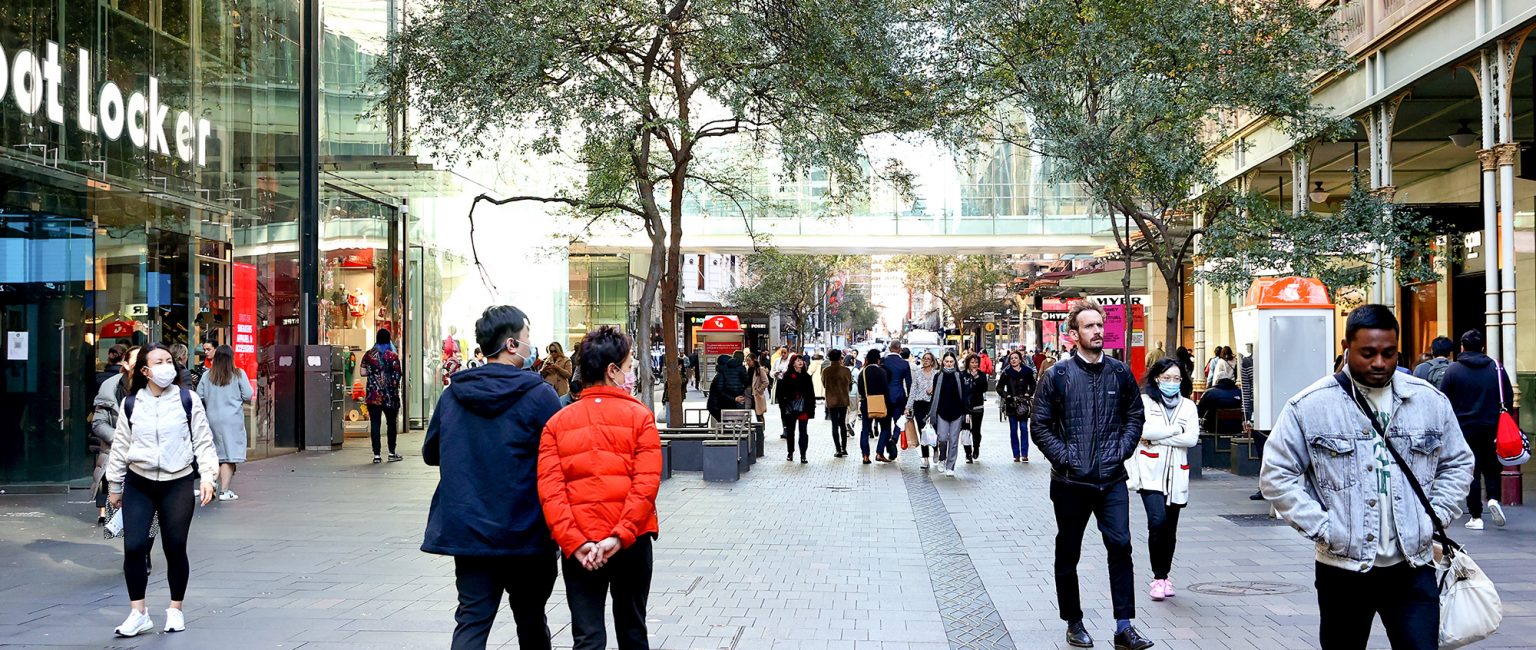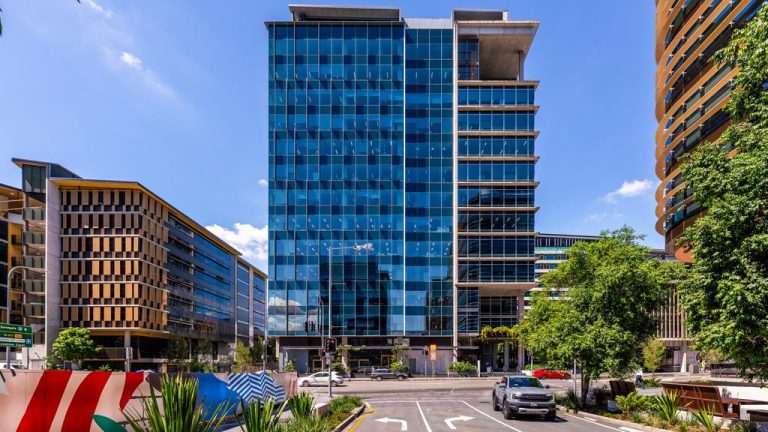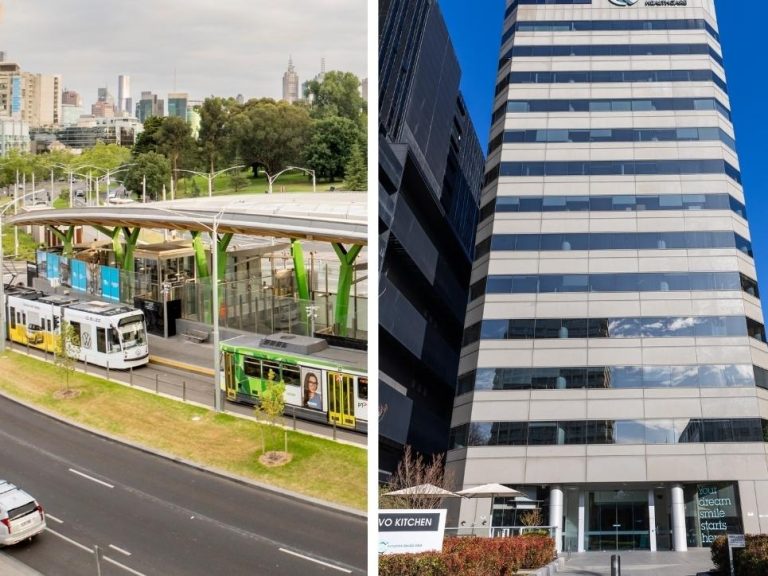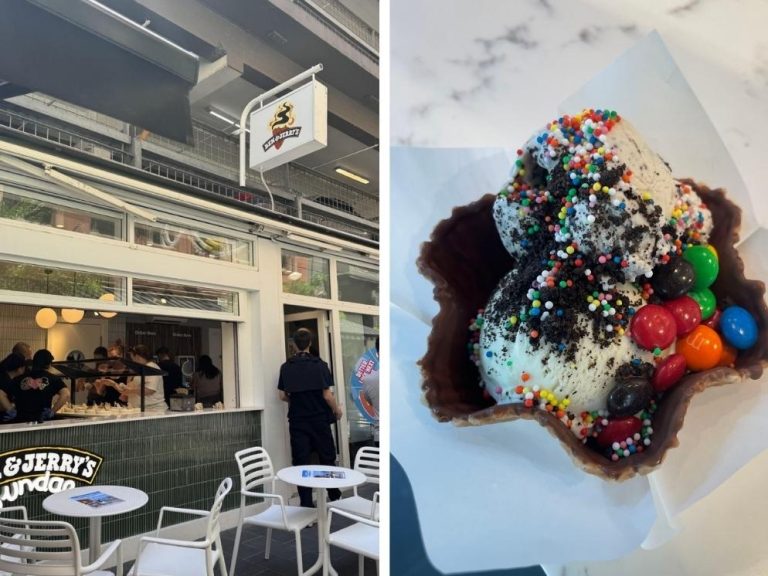Rate rises another blow to a struggling retail sector

The rapidly rising cost of living is leading consumers to rethink their spending habits and adding to the already challenging conditions many retailers are operating in.
While most classes of commercial real estate have seen occupier demand recover to pre-pandemic levels, it has been a different story for the retail sector. In most markets, average retail rents are below where they sat in 2019, and vacancy rates have remained stubbornly higher.
Troublingly, in recent months the retail sector has even backtracked on some of the recovery experienced after the easing of lockdowns. This has been seen on realcommercial.com.au, where the number of businesses searching to lease retail properties was 23% lower over the first five months of 2022 compared to the same period last year.
Lockdowns, labour shortages, changing work practices, higher shipping costs, and the shift to online spending, have all presented challenges for bricks and mortar retailers. Now, inflation and rising interest rates have been added to the mix.
The cost of living is now rising at the fastest rate in over 20 years, while real wages remain in firmly negative territory.
Of particular concern is the fact that it’s non-discretionary goods and services that are seeing the largest price rises. In other words, the costs that are hardest for consumers to cut back on.
While headline yearly inflation of 5.1% is concerning enough, non-discretionary inflation increased by 6.6% over the year ending March, compared to a rise of just 2.7% in discretionary inflation.
More recently, moves by the Reserve Bank of Australia to aggressively raise interest rates in response to inflation are further denting hip pockets.
While interest rates are still extremely low relative to historic levels, the last interest rate rise was more than a decade ago, and many mortgage holders had never experienced a rate rise. Australians are also more indebted than ever.
Rising costs are hitting consumer confidence, and this is flowing through to lower spending intentions.
In May, Westpac’s Consumer Sentiment Index recorded the largest monthly drop since 2015, falling to the lowest level seen since the height of the pandemic in August 2020. According to Westpac, the fall in confidence was a direct consequence of cost-of-living pressures and the prospect of further interest rate hikes.
Business confidence has also taken a hit, falling to the lowest level since October 2020, according to the ANZ-Roy Morgan index. In addition to the growing cost pressures faced by consumers, higher interest rates make borrowing to start or expand a business more expensive.
Among commercial real estate investors, the pandemic had already driven a shift away from assets tenanted by discretionary retailers. Meanwhile, assets occupied by businesses selling essential goods and services saw an upswing in demand as investors looked to minimise risk. Despite restrictions having eased, this trend looks set to continue as retailers adapt to a new slate of challenges.







